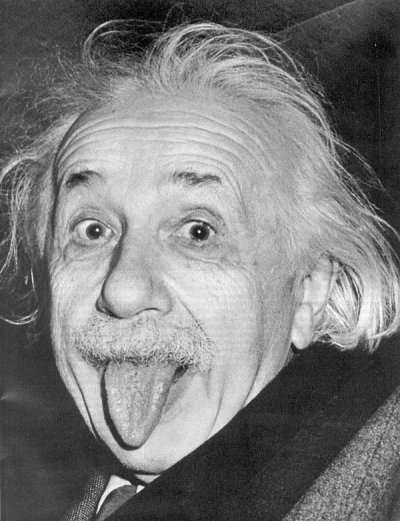Frame A Frame B
Now we have a clearer image on Galilean Relativity, we can understand the Time Dilation of Special Relativity easier. I hope you still remember the formula of Time Dilation.Now, sub v=c into the formula, we get:
We had discussed about the division by zero error before. Bhaskara Achārya defined that n/0 = .gif) . So, how did time go infinite? Take a look at the picture below.
. So, how did time go infinite? Take a look at the picture below.
.gif) . So, how did time go infinite? Take a look at the picture below.
. So, how did time go infinite? Take a look at the picture below.In the picture,
θ is the angle between the ground and the path of which the light beam travels. The relationship between
θ and the velocity is as below:
Let's suppose the height of the device is 1m, the proper time is 1s and it travels at the speed of light. Sub those information into the formula of Time Dilation, we get:
Since v=c,
So, the angle between the path and the ground is 0. So, the light beam will never meet A', or we can say that it will take .gif) time to travel from A to A', then to B. That's why n/0 is equal to
time to travel from A to A', then to B. That's why n/0 is equal to
.gif) time to travel from A to A', then to B. That's why n/0 is equal to
time to travel from A to A', then to B. That's why n/0 is equal to


.gif)
.gif)

.gif)
.gif)
.gif)
.gif)
.gif)

No comments:
Post a Comment